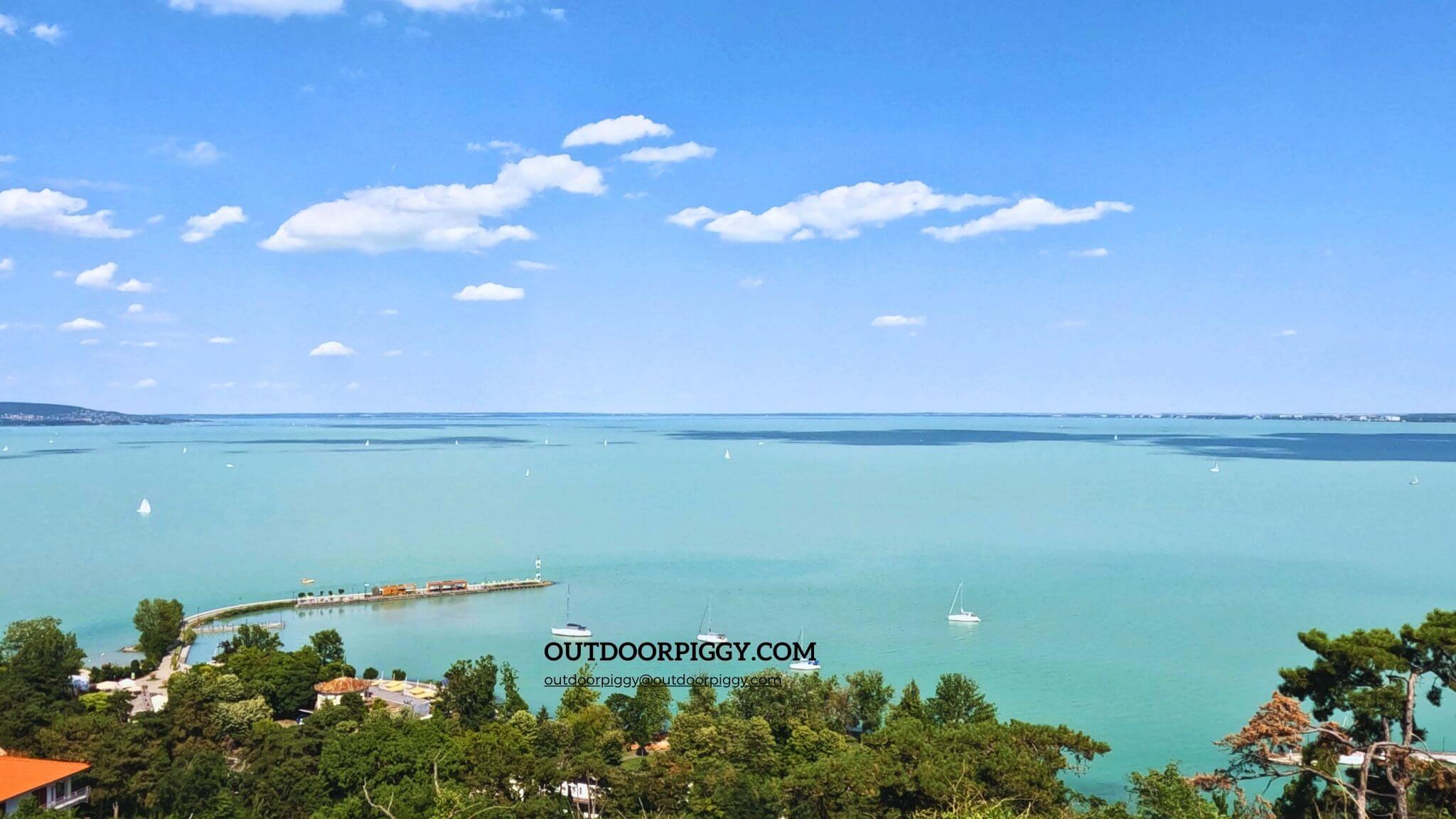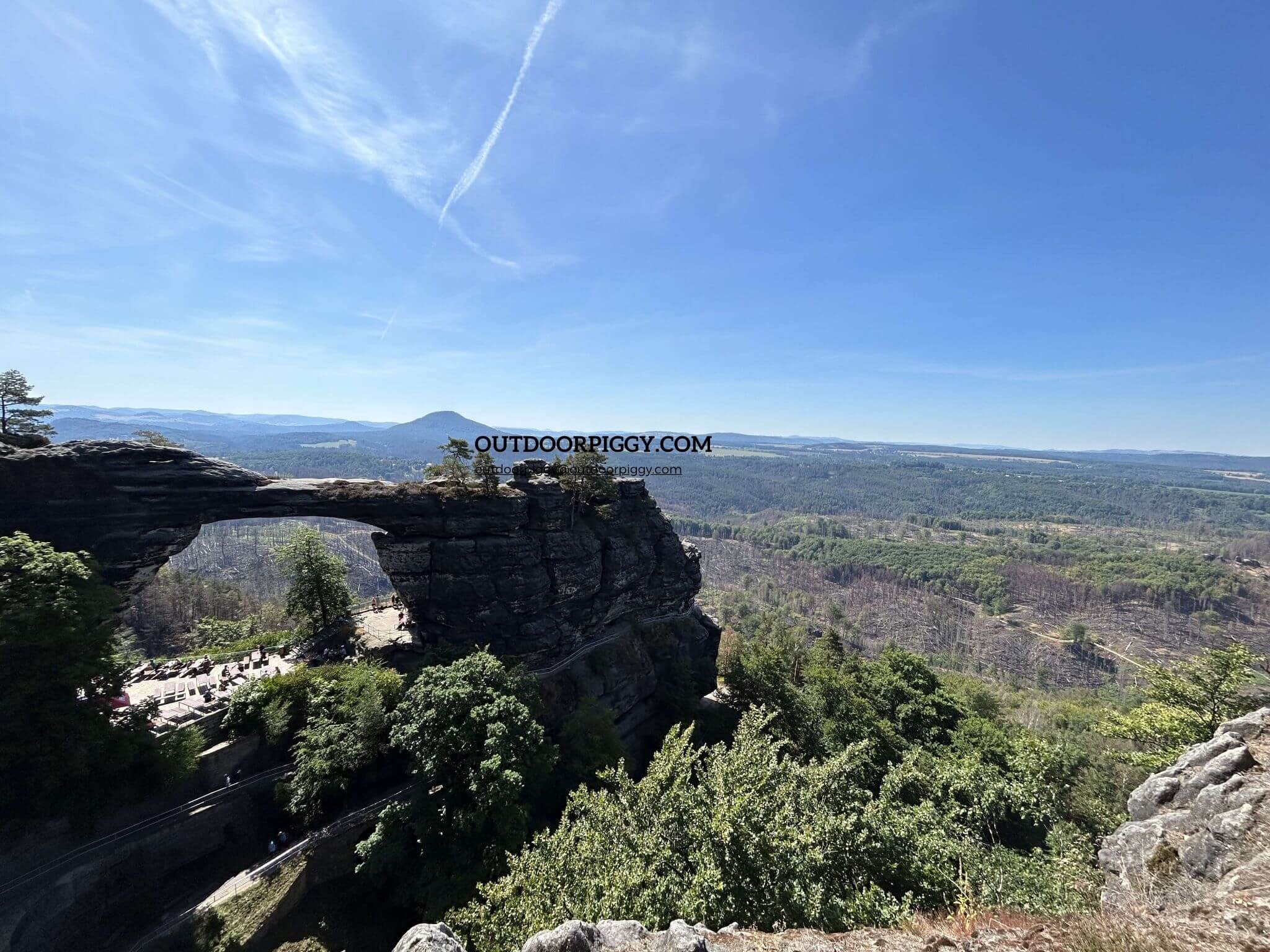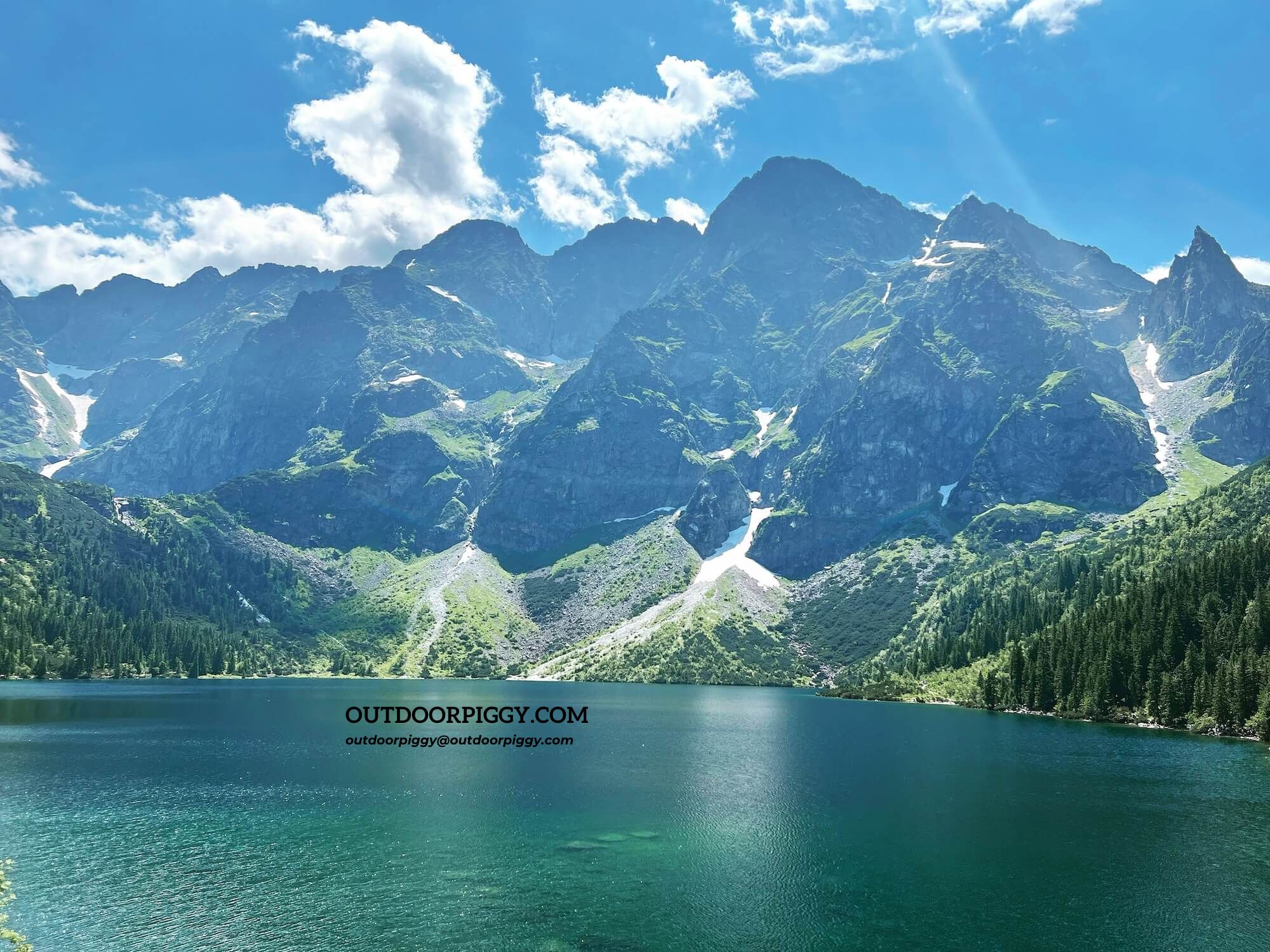
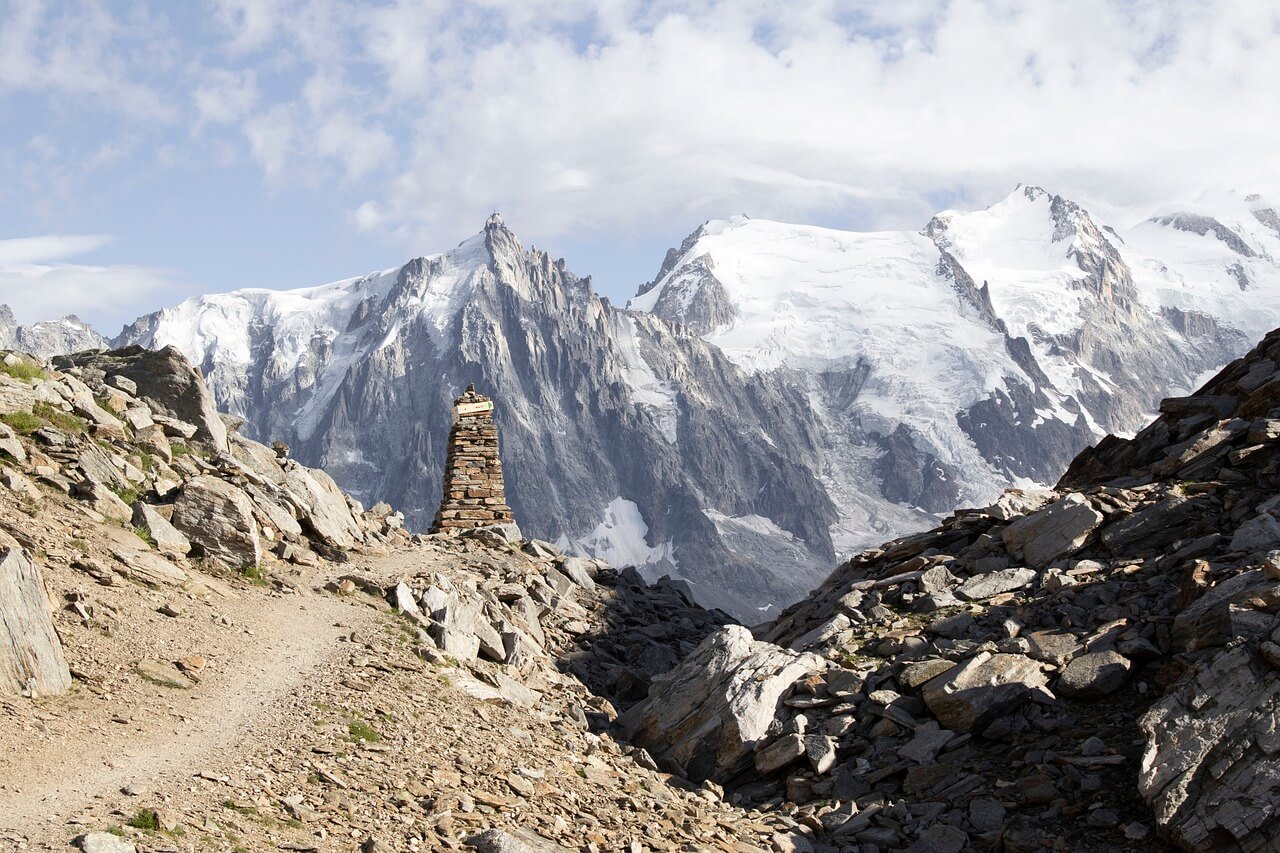
France
Chamonix Mont Blanc
Table of Contents
Discovering Mont Blanc: A Hiker's Paradise.
Nestled amidst the awe-inspiring beauty of the French Alps, Chamonix-Mont-Blanc stands as a beacon for outdoor enthusiasts and nature lovers alike. In this article, we unveil the top five must-hike trails in Chamonix-Mont-Blanc, each offering a unique perspective of the alpine paradise and promising an unforgettable experience amidst the towering majesty of Mont Blanc. Whether you’re a seasoned hiker or a novice explorer, join us as we discover the beauty and adventure awaiting on the trails of hiking Mont Blanc.
Where is Chamonix Mont Blanc?
-
Chamonix Mont Blanc is a special place nestled in the French Alps. It’s like a magical land surrounded by tall mountains covered in snow. People love to visit Chamonix because it’s so beautiful and full of adventures!
To get to Chamonix Mont Blanc, you can travel by car, train, or bus. If you’re coming from far away, you might need to take a plane to a nearby airport like Geneva in Switzerland or Lyon in France. From there, you can take a train or a bus to Chamonix. It’s a fun journey with lots of beautiful scenery along the way!
1. Top 5 Hiking routes
-
Lac Blanc Trail :
Departure Point :La Flégère
Arrival Point : Lac Blanc
Distance : Approximately 10 kilometers (round trip)
Time Required : 4-5 hours
Difficulty Level : Moderate to Difficult
-
Grand Balcon Nord :
Departure Point :Plan de l’Aiguille
Arrival Point : Montenvers Mer de Glace
Distance : Approximately 15 kilometers
Time Required : 5-6 hours
Difficulty Level : Moderate
-
Brevent-Flegere Loop :
Departure and Arrival Points :Brevent or Flegere cable car stations
Distance : Approximately 12 kilometers
Time Required : 4-5 hours
Difficulty Level : Moderate to Difficult
Transportation : Check cable car operating hours and purchase tickets in advance if needed. Parking may be available at the cable car stations for those arriving by car
-
Aiguilles Rouges Nature Reserve :
Location : Located opposite the Mont Blanc massif, on the northern side of the Chamonix valley.
Departure and Arrival Points :Various trails within the reserve, with different starting and ending points depending on the chosen route.
Distance : The distance varies depending on the selected trail. Trails range from short loops to longer routes that can be combined for a full day of hiking.
Time Required : The time required varies depending on the length and difficulty of the chosen trail. Shorter loops can typically be completed in a couple of hours, while longer routes may take half a day or more.
Difficulty Level : Trails in the Aiguilles Rouges Nature Reserve range from easy to moderate, suitable for hikers of all levels. Some trails may involve gentle ascents and descents, while others may feature steeper sections and uneven terrain.
**Popular Trails
Lac Blanc Circuit : his scenic loop trail leads to Lac Blanc, a beautiful alpine lake with stunning views of the Mont Blanc massif. The trail offers a mix of forested paths, rocky terrain, and alpine meadows, providing hikers with diverse landscapes to explore.
Lac Cornu Trail : Another popular route in the reserve, the Lac Cornu Trail offers breathtaking views of the surrounding mountains and valleys. Hikers can enjoy the tranquility of the mountainside as they ascend to Lac Cornu, passing by wildflower meadows and cascading streams along the way.
TMB (Tour du Mont Blanc) :
Departure and Arrival Points :Various starting points, typically Les Houches or Chamonix
Distance : Approximately 170 kilometers (entire loop)
Time Required : 7-10 days
Difficulty Level : Strenuous
Accommodation : Plan accommodations along the route in mountain huts or guesthouses in villages. Book in advance, especially during peak hiking seasons.
Safety : Be prepared for variable weather conditions and altitude changes. Carry a first aid kit, emergency shelter, and communication device in case of emergencies. If this is your first time hiking, be well prepared.
2. Lodging and Camping
-
Accommodation
Dormitory
Refuge du Lac Blanc :A mountain hut/refuge located near Lac Blanc. It offers dormitory-style accommodation and basic amenities for hikers, such as meals and sleeping facilities.
Refuge de Bel Lachat : Another mountain refuge situated on the Bel Lachat ridge, offering overnight accommodations for hikers. It provides dormitory-style sleeping arrangements and meals.
-
Available Courses
Lac Blanc Trail :This scenic trail passes by Lac Blanc and offers stunning views of the Mont Blanc massif. Hikers can reach Lac Blanc from various starting points, including La Flégère and Le Brévent.
Grand Balcon Nord : A classic hiking route that traverses the northern balcony of the Chamonix valley, offering panoramic views of the Mont Blanc massif. It can be accessed from Plan de l’Aiguille and Montenvers Mer de Glace.
TMB (Tour du Mont Blanc) : This iconic long-distance hiking route encircles the Mont Blanc massif, passing through France, Italy, and Switzerland. Hikers can choose to hike sections of the TMB or complete the entire loop over multiple days.
-
Facilities
Both Refuge du Lac Blanc and Refuge de Bel Lachat offer overnight accommodations for hikers, including sleeping facilities and meals. While these accommodations may not offer luxurious amenities, they provide a comfortable place to rest after a day of hiking. Shower facilities may be available, but they could be basic and limited, depending on the refuge.
-
Camping Possibilities
Camping is possible in certain designated areas within the Chamonix Mont Blanc area, but it’s important to check local regulations and restrictions before pitching a tent. Wild camping may be prohibited in certain areas to protect the natural environment. However, some refuges may offer camping facilities or allow hikers to pitch tents nearby for a fee.
-
Camping :
Camping Les Marmottes
Location :Located in the Les Bossons area of Chamonix.
Description : Camping Les Marmottes is a popular campsite offering facilities for tents, campervans, and caravans. It provides amenities such as showers, toilets, laundry facilities, and electrical hook-ups. The campsite is situated in a picturesque setting with views of the surrounding mountains.
-
Camping Glacier d’Argentière
Location :Situated in the village of Argentière, approximately 8 kilometers north of Chamonix.
Description : Camping Glacier d’Argentière is a campsite located near the Argentière Glacier, offering a scenic backdrop for camping enthusiasts. The campsite provides facilities including showers, toilets, laundry facilities, and electrical hook-ups. It’s an ideal base for exploring the nearby hiking trails and attractions.
-
Wild Camping
While wild camping (camping outside designated campsites) is generally not permitted in the Chamonix Mont Blanc area to protect the natural environment, there are some exceptions. Certain areas may have designated spots where wild camping is allowed, but it’s essential to check local regulations and restrictions before pitching a tent. Be sure to follow Leave No Trace principles and respect the environment while camping in the wilderness.
-
Mountain Huts/Refuges
Some mountain huts or refuges may allow camping nearby for a fee. While these accommodations primarily provide dormitory-style lodging, they may offer camping facilities for hikers who prefer to camp outdoors. Check with individual refuges for their camping policies and availability.
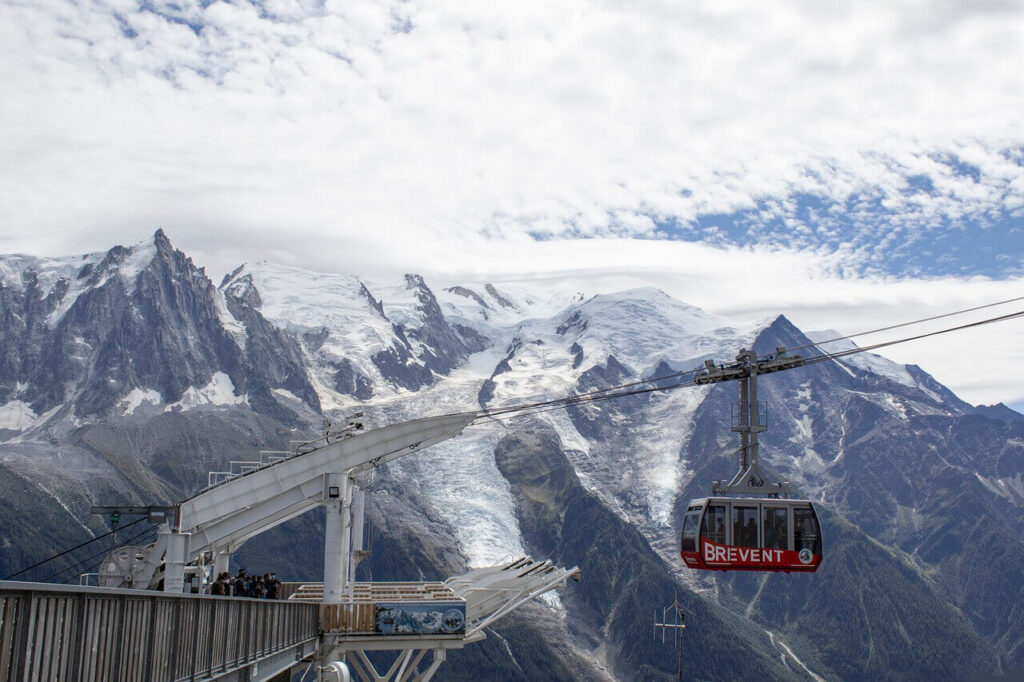
3. Best Time for Trekking
-
Weather and Seasons
Summer (June to August) :This is the peak hiking season in Chamonix Mont Blanc, with generally warm temperatures and longer daylight hours. It’s an ideal time for high-altitude trekking, exploring alpine meadows, and enjoying panoramic views of the surrounding mountains. However, trails can be crowded during this time, especially on popular routes.
Spring (April to May) and Autumn (September to October) : These shoulder seasons offer milder temperatures and fewer crowds compared to summer. Spring brings blooming wildflowers and lush green landscapes, while autumn showcases vibrant foliage colors. Hiking during these seasons provides a more tranquil experience and is suitable for moderate to challenging trails.
Winter (November to March) : While winter brings snow and colder temperatures to the region, it also offers opportunities for snowshoeing and winter hiking adventures. Some lower-altitude trails may remain accessible, but higher elevations may require specialized equipment and experience with winter conditions.
4. Other activities
-
Skiing and Snowboarding :
Experience world-class skiing and snowboarding in the Chamonix Valley, known for its challenging terrain and breathtaking mountain scenery. With access to multiple ski areas, including Brevent-Flegere, Grands Montets, and Le Tour, there are slopes for every skill level.
-
Aiguille du Midi Cable Cars :
Take a ride on the Aiguille du Midi cable car, one of the highest cable cars in the world, offering spectacular panoramic views of the Mont Blanc massif. At the top, you can step onto the glass skywalk for an exhilarating experience or enjoy a meal at the restaurant with stunning alpine vistas.
-
Mer de Glace Glacier :
Visit the Mer de Glace glacier, the largest glacier in France, accessible via the Montenvers railway or hiking trails. Explore ice caves carved into the glacier, learn about glaciology at the Glaciorium museum, and admire the glacier’s impressive ice formations.
-
Paragliding and Skydiving :
Soar above the Chamonix valley and enjoy bird’s-eye views of the surrounding peaks while paragliding or skydiving. Experienced instructors offer tandem flights for thrill-seekers of all levels, providing an unforgettable aerial perspective of the Alps.
-
Mountain Biking :
Hit the trails on two wheels and explore the diverse mountain biking terrain in and around Chamonix. From downhill descents to cross-country routes, there are trails suited to every biking style and skill level.

